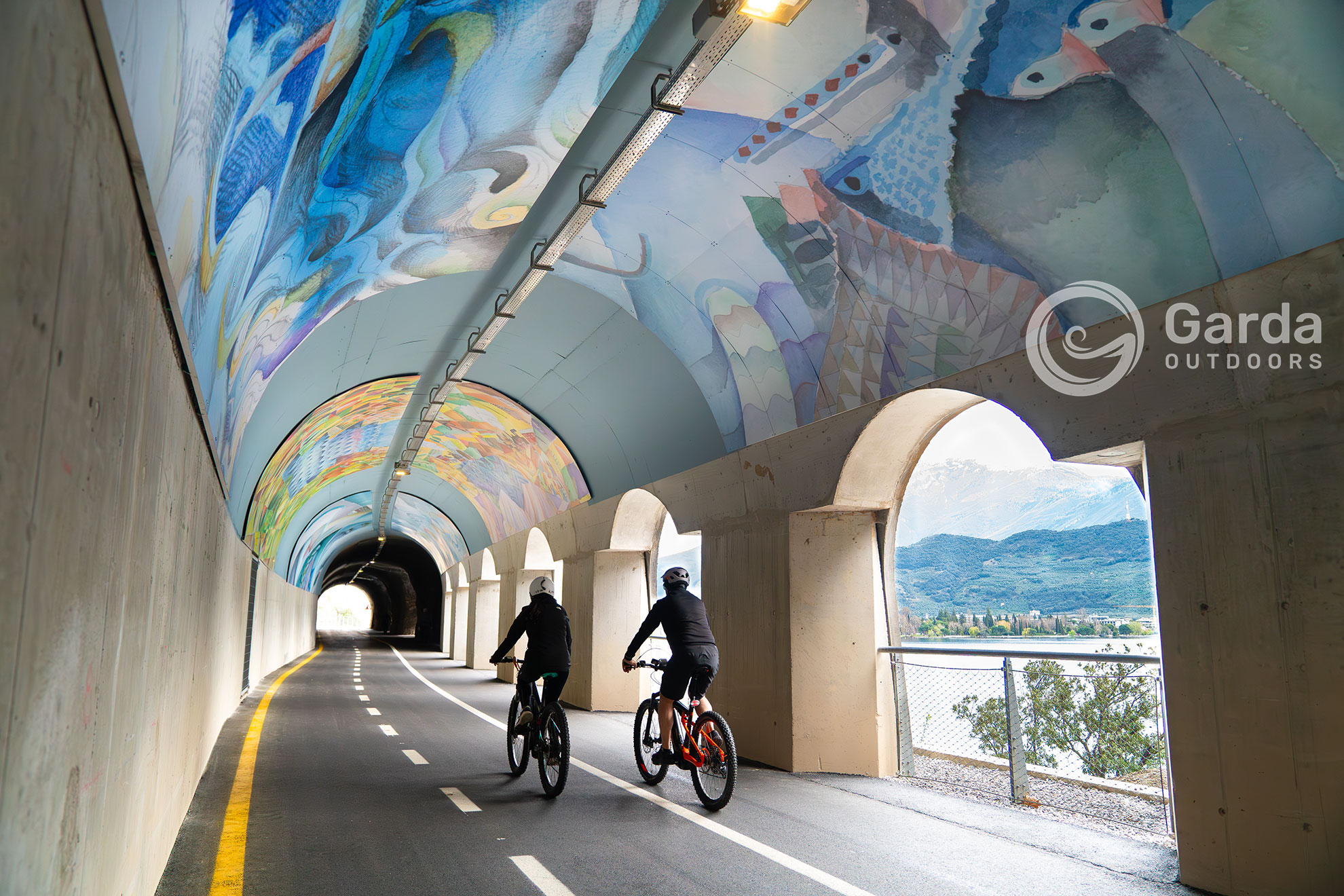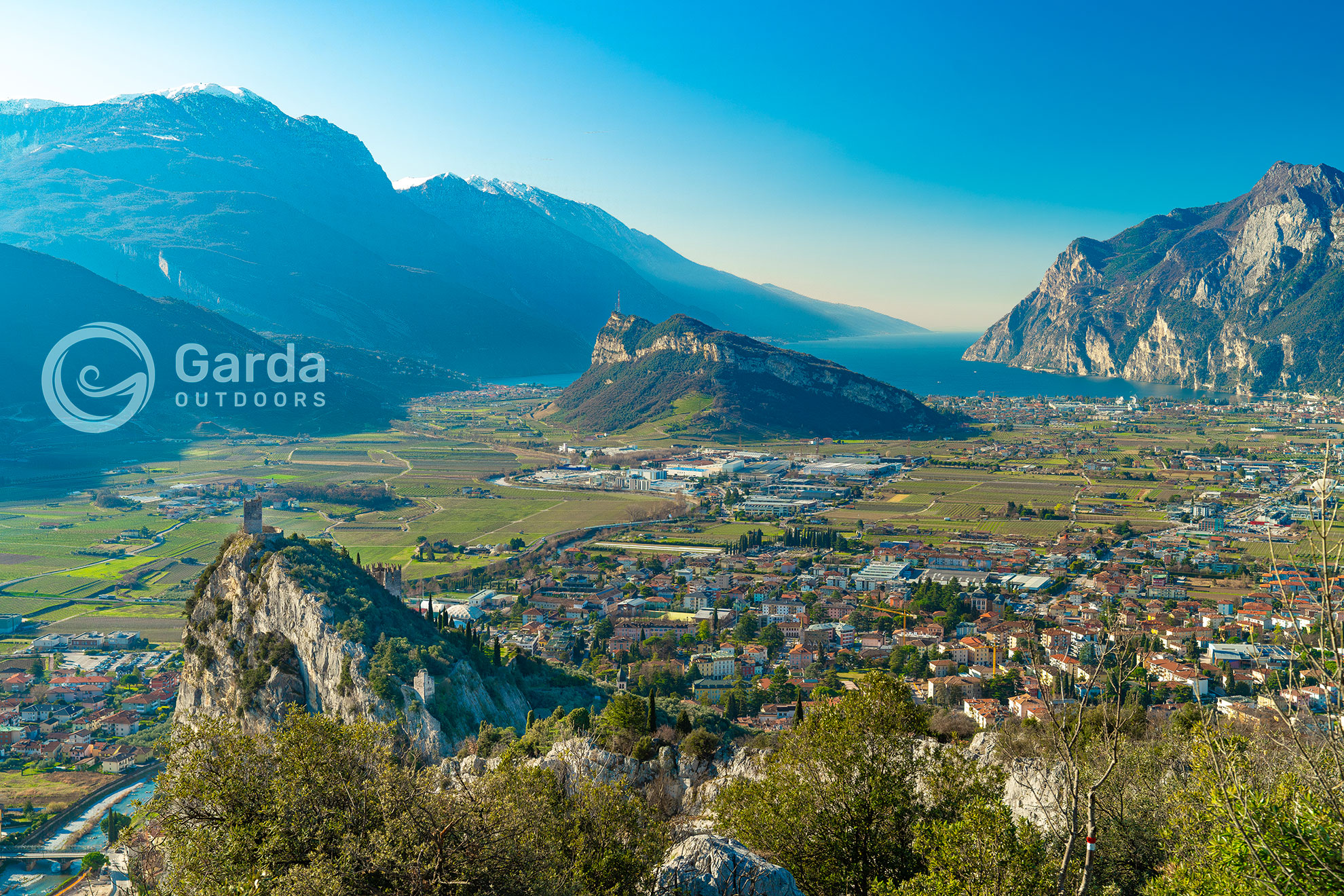Mantua, with its enchanting blend of history and beauty, unveils a peerless architectural treasure: Palazzo Te. Constructed in the 16th century at the behest of Duke Federico II Gonzaga, this imposing structure stands as a sublime testament to Renaissance architecture.
Join us as we delve into its intricate artistic nuances, its captivating history, and the pivotal role it plays in Mantua’s allure.
Palazzo Te: the palace of leisure
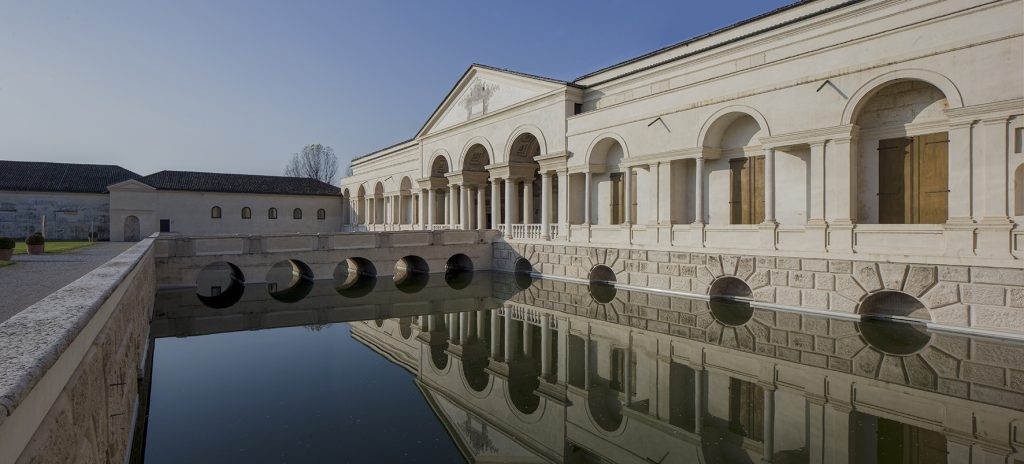
Commissioned by Duke Federico II Gonzaga as a place of entertainment for the court, Palazzo Te embodied luxury and magnificence, providing a backdrop for lavish feasts and cultural spectacles. Today, visitors can still feel the festive atmosphere that animated the palace during the Renaissance.
Enchanting architecture: Giulio Romano’s Genius
Designed by the renowned architect Giulio Romano, Palazzo Te is a masterpiece blending Renaissance elements with architectural innovations. Its elegant façades and detailed sculptures capture the artistic spirit of the era, while frescoes skillfully narrate mythological and historical tales. The palace boasts 20 “rooms” or “Halls,” each a chapter in the history of art and culture.
Hall of Horses: Named after frescoes portraying proud steeds, this hall exudes elegance and power.
Hall of the Giants: Depicting the story of the Fall of the Giants, this hall is the most famous and spectacular in Palazzo Te, radiating drama and grandeur.
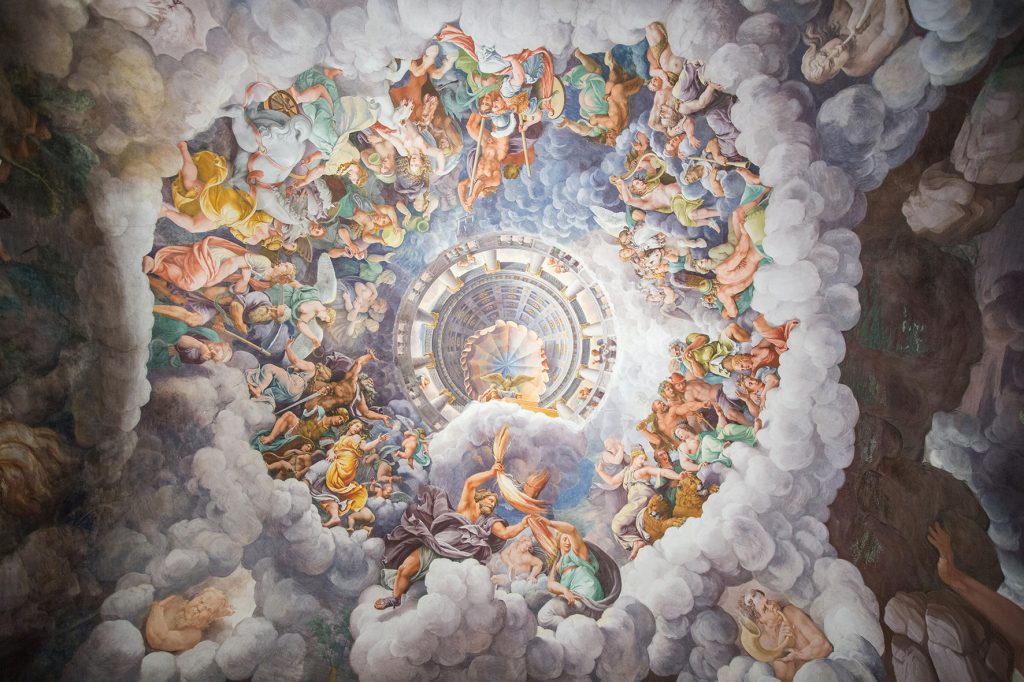
Troy Room: Intertwining history and mythology, this hall skillfully blends both through frescoes, taking visitors on a journey through time.
Cupid and Psyche Room: The most sumptuous room in the palace, named after the tale of Cupid and Psyche from Apuleius’ “Metamorphoses,” it exudes intimacy and beauty.
Room of the Winds: Dedicated to the theme of astrology, this room takes its name from the personified faces of the winds blowing on the lower part of the vault.
Eagles Room: Transformed by Federico II Gonzaga into his bedroom, this room is named after the four majestic eagles soaring with imposing wings.
Emperors’ Room: Named after depicted emperors on the vault, this room transforms into a tribute to imperial epicness.
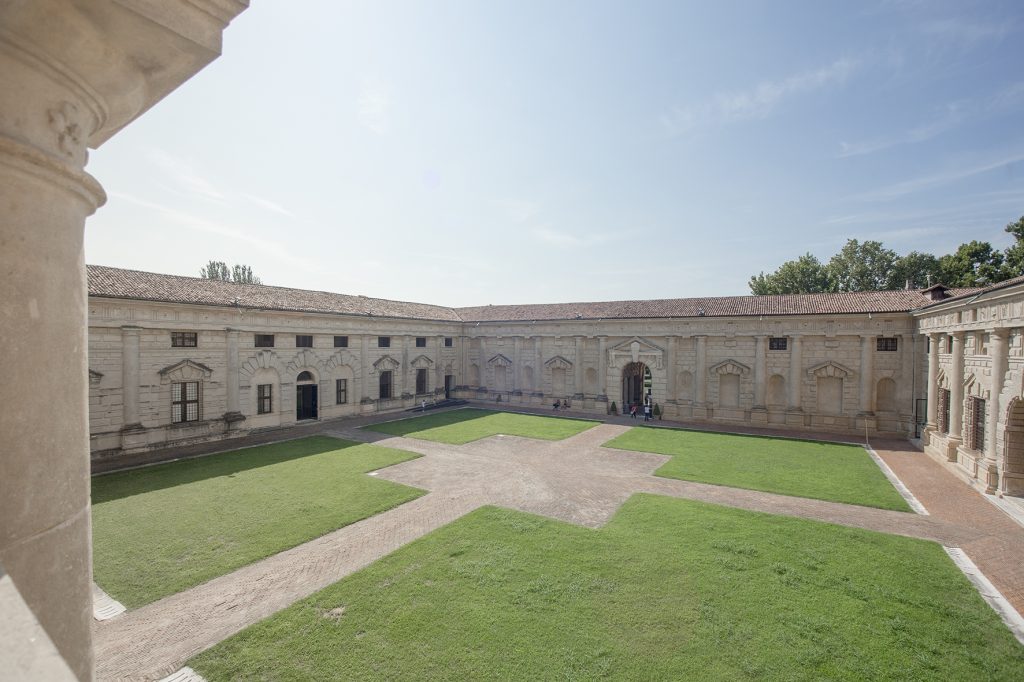
Palazzo Te gardens: a renaissance Eden in Mantua
The new Palazzo Te Park presents itself as an ecological and dynamic experience, seamlessly integrating with the historical and artistic context of the area. Spread across over 70,000 square meters of lush nature, the park welcomes visitors with a vast central lawn surrounded by 16 circular “tree rooms.”
Inspired by the palace’s tradition, the park’s design highlights the symbolism of the circle, reminiscent of Andrea Mantegna’s famous Camera degli Sposi and Giulio Romano’s frescoes in Palazzo Te.
This green area is not just an aesthetic space but a resource for community health and well-being. New health trails, sports equipment, public water sources, and relaxation areas give the park a vitality in tune with the rhythms of a modern city.
The Palazzo Te Park is an opportunity to breathe new life into the city, uniting historical richness with the freshness of an ecological and contemporary perspective.
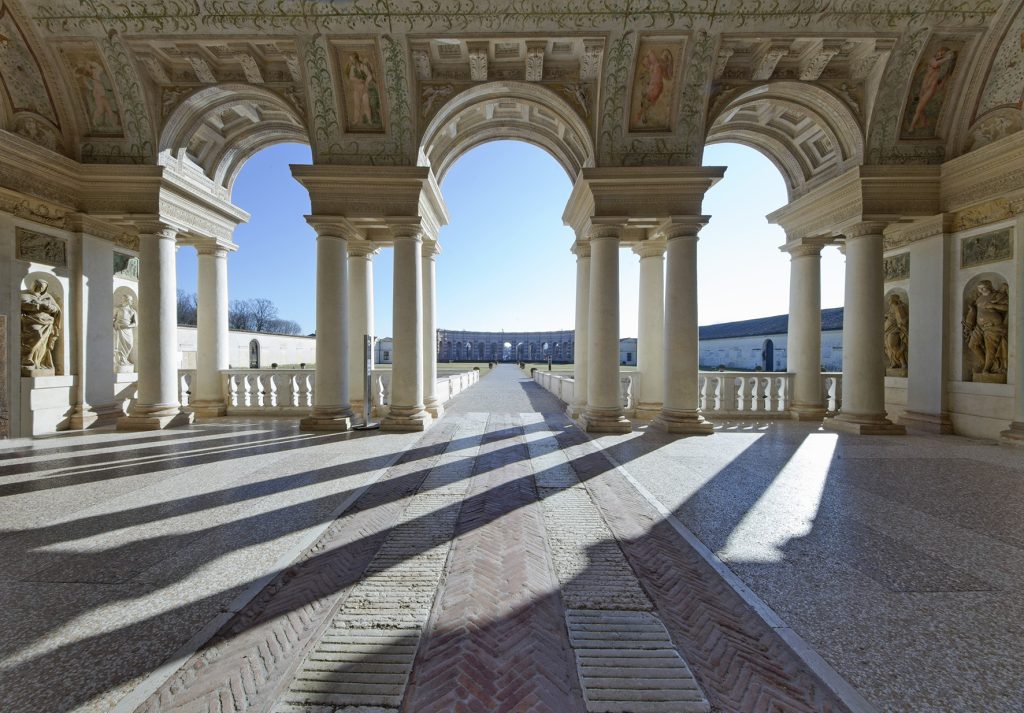
Palazzo Te and Lake Garda: a unique itinerary
Palazzo Te and Lake Garda, both within an hour’s travel, provide a complete tourist experience. From the art and history of Palazzo Te to the tranquility and outdoor sports of Lake Garda, they create an unforgettable journey through the cultural and natural heritage of northern Italy.
